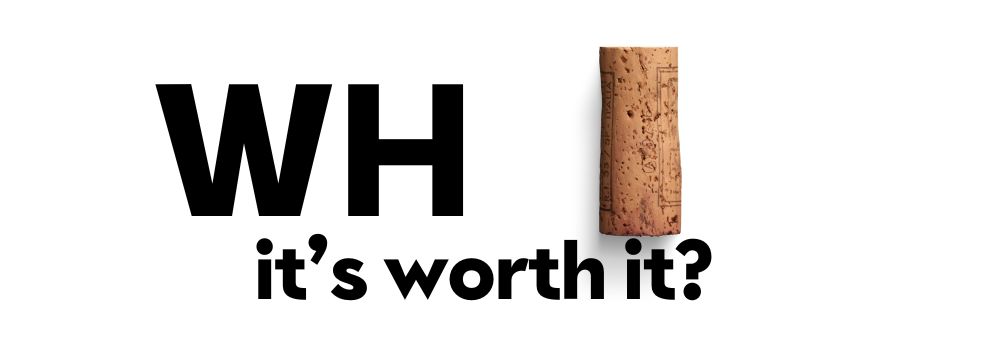Is your artificial turf uncomfortably hot and stiff underfoot? Rubber infill can absorb and radiate heat like a stovetop, making sports and play less enjoyable. Natural cork infill offers a cooler surface—up to 30% cooler—while meeting the latest environmental standards. It’s a smart, sustainable, and skin-friendly choice for modern landscaping and athletic fields in the U.S.

Reduces Surface Heat

Eco-Conscious & Organic

Safe for Active Use

Shock Absorbing

Easy Installation

Reduces Injury Risks
Got a question? We’ve got answers.
WHY IS CORK INFILL A GREAT CHOICE FOR SYNTHETIC GRASS?
Cork infill makes turf feel softer, more stable, and nicer to walk or run on. It helps prevent turf shifting, shields against moisture and UV rays, and enhances durability. It’s also ideal for minimizing impact when players fall—helping to keep sports safer.
IS CORK COMPATIBLE WITH DIFFERENT TYPES OF ARTIFICIAL TURF?
Absolutely. Whether it’s a backyard lawn, rooftop deck, decorative patch, or a full soccer field, cork works well across the board—regardless of fiber height or application.
DOES CORK HELP KEEP ARTIFICIAL TURF COOLER?
Yes, it does. Cork has naturally low thermal conductivity, so it takes longer to heat up and stays cooler longer—offering a better playing experience during warm weather.
HOW MUCH CORK INFILL DO I NEED?
One kilogram covers about 2 square meters of turf. For example, if your space is 20 m², you’ll need around 10 kg of cork granules.
WHAT SIZES ARE AVAILABLE?
We offer cork infill in 1 kg, 5 kg, 10 kg, and 20 kg bags. For bulk needs, we provide pallet options: half pallet (180 kg), full pallet (360 kg), double (720 kg), or triple (1080 kg).
WHAT’S THE BEST WAY TO APPLY CORK INFILL?
- Start with a uniform layer of sand about 2–5 mm thick to support the cork and keep it from shifting.
- Spread the cork in stages, not all at once. Use a rake to even it out.
- If some areas look uneven, smooth things out by adjusting the granules accordingly.
HOW DO I STORE EXTRA CORK?
Keep leftover cork in a cool, dry place away from direct sunlight. Sealed containers or bags work best to protect the material.
CAN I MIX CORK INFILL WITH OTHER FILLERS?
Mixing is not advised. Cork performs best on its own. Combining it with other materials could compromise its performance and benefits.
IS CORK HIGHLY FLAMMABLE?
Nope. Cork is much slower to ignite than rubber and doesn’t emit toxic fumes if it catches fire—making it a safer infill option overall.
DOES CORK INFILL NEED TO BE REPLACED OFTEN?
Usually not. Full replacement is rare. Just monitor the level from time to time and top it off as needed. In most cases, full replenishment is only required every 5–10 years.
IS THE CORK INFILL CERTIFIED?
Yes. Our cork granules are certified by Poland’s National Institute of Public Health (PZH). They’re dermatologically safe and cause no allergic reactions or skin irritation. We're the only supplier in Poland offering PZH-certified cork.
IS THIS INFILL SUSTAINABLE AND COMPLIANT WITH EU REGULATIONS?
Yes, cork is fully natural and microplastic-free. It complies with EU regulations that prohibit microplastics in turf systems—perfect for environmentally responsible landscaping.
DOES THE INFILL STAY IN PLACE DURING USE?
Yes. With a proper base layer (like sand) and cork’s natural grip on turf fibers, the granules stay put even during active play.
Cork turf infill is an easy, natural way to enhance your field — it makes play more enjoyable, safer, and way more comfortable. It cushions impact, minimizes slips, and stays cooler under pressure — unlike synthetic rubber alternatives. Best of all? It’s an all-natural choice you can feel good about.

#1 BUILT TO STAY IN PLACE
Cork infill carries enough weight — roughly 180 to 200 kg/m³ — to remain stable no matter the weather. It settles evenly into the artificial turf fibers and holds firm even with heavy use. Wind won’t scatter it, and foot traffic won’t shift it.
Thanks to its ultra-fine grain size (just 1–2 mm), the cork spreads out smoothly without clumping. This makes it a smart solution for keeping sports fields consistent and game-ready.
#2 A SAFER, SOFTER PLAY SURFACE
Whether it's kids playing on recess or pros in training, cork delivers a surface that absorbs shock and protects athletes from falls. It also helps improve traction, reducing the chance of accidents on the field.
As environmental regulations tighten and rubber infill falls out of favor, cork is stepping in as a certified, eco-friendly alternative. It fully complies with U.S. and EU safety standards and offers a green solution without compromising performance.
#3 CORK VS. RUBBER: A CLEAR WIN
While rubber has long been used in synthetic turf, it has some serious downsides. It heats up quickly in the sun, which can lead to discomfort or even burns. It also tends to emit an unpleasant smell and may contain chemicals you don’t want anywhere near kids or athletes.
Cork is safer, cleaner, and smarter. It keeps surfaces noticeably cooler — perfect for sunny days — and is 100% natural and biodegradable. That means fewer emissions, less waste, and a field that plays well and feels good for everyone.
#4 REAL LOOK, COOL TOUCH, QUIET PLAY
Blending perfectly with artificial turf, cork provides a more natural look and feel. The result? A field that looks like real grass and holds up under use — while helping protect the structure of your turf system for the long haul.
It also helps cool the turf down by as much as 30%, and cuts down on noise — great for schoolyards, public parks, and high-traffic complexes. Less heat, less echo, better play.
| Fraction | 1-2 mm |
| Color | Natural |
| Material | Natural cork |








